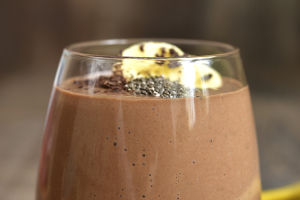Wherever you go in Sweden, the red wood-frame cottages always stand out as the brightest color in the rural landscape.
Unlike the usual Scandinavian impression of a muted, industrial palette or extreme calm, the red paint on the exterior walls of the cottages is bright and vibrant. In the summer, it perfectly complements the lush greenery, and in the winter, it provides a warm and inviting feeling amidst the snow.
A typical red hut facade is constructed with red-stained wood slats, with plain white trim outlining the window frames, doors, eaves, and fences. The roof tiles are usually reddish brown or grayish brown, and a raised chimney connects to the fireplace below.
As the national facade color of Sweden, this red even has its own color code: NCS S5040-Y80R. The pigment formula we see today has been passed down for centuries, tracing its origins back to the Falun Mining, a millennia-old copper mining.
Throughout history and into the present day, Sweden has possessed significant mineral resources. The renowned metallurgist Enrico Ondheilius, surveying the European metal market in 1690, wrote that "for the production of copper, Sweden has always been like a mother, and nowhere else, in Europe or beyond, can be compared to Sweden in the production of copper."
While we can set aside the hyperbole in this description, it still offers a glimpse into Sweden's substantial copper production. The Falun copper mining, located 222 kilometers northwest of Stockholm, was responsible for producing over 70 percent of Europe's copper at its peak, thanks to the red pigment we see today. This is why the red color is also known as "Falun Red."
Copper is originally red-brown, but when exposed to air for a long time, chemical reactions occur, resulting in the formation of a layer of green copper oxide on the surface, which gives it a gray-green appearance.
The custom of decorating houses with red paint soon spread among the nobility. However, until the 17th century, the practice was limited to the wealthy due to its high cost.
By the 18th century, the use of red paint became prevalent in the houses of officials, priests, mineral estates, and farms, and the trend eventually reached the cities. There are also rumors that government officials required citizens to paint the street-facing facades red before royal visits, while the hidden facades remained unpainted due to cost considerations.
The national romanticism of the 19th century brought red paint to the masses. The housing shortage caused by the population boom in the 20th century further fueled the Own-your-own-home Movement and the Heritage Movement, allowing the Swedish people to independently own their homes. This further solidified the prevalence of red paint in Sweden.
The process of making Falun red pigment involves heating copper chips and adding water, starch, linseed oil, and a mixture of wood tar. Apart from providing color, this mixture also protects the wood from rain and weathering.
Copper tailings may not seem noteworthy to others, and the process of waste disposal may even pose a risk of water pollution. However, a century ago, the Swedes ingeniously turned this waste into a valuable resource, and the rebirth of copper scrap has created this unique cultural phenomenon that we witness today.


